Your skin may be impacted by interior heat, wind, cold, and, for some of us, ice and snow after the long winter months.
The winter months can cause your skin to become dry, dull-looking, and prone to visible fine wrinkles.
Steams or face masks are two ways that you can assist manage your dry skin.
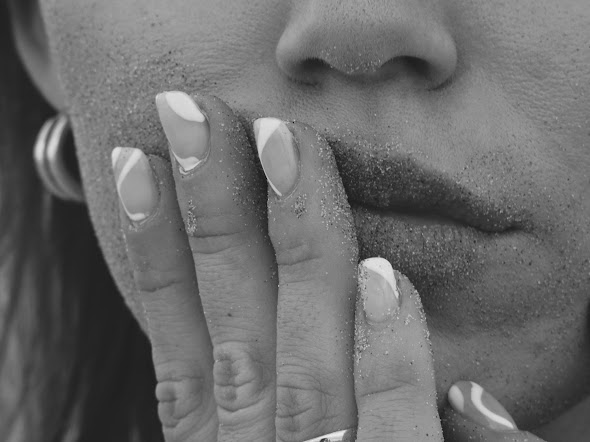
You can also make your own at home, even though there are many possibilities available on the market.
This is an excellent method to watch the ingredients you put on your skin more closely and save money.
So, you can find my top homemade face masks below if your skin is dry or dull this winter.
Manuka honey and Spirulina Hydration Mask
This mask is very easy to create and so nutritious, which is why I adore it. I use spirulina, sometimes called blue-green algae, because it’s rich in antioxidants and may help reduce wrinkles and fine lines.
Manuka honey, the other component in this mask, has the ability to lessen acne-related inflammation and irritation.
Additionally, because manuka honey is a humectant, it hydrates the skin, leaving it silky and smooth.
Components
- Two tablespoons of manuka honey
- One teaspoon powdered spirulina
- One tablespoon of water, rose water, or another herbal hydrosol mist
Guidelines
- Combine all ingredients in a basin or container.
- Gently apply the mixture onto your skin.
- Keep it on for half an hour.
- After, rinse with water.
Oatmeal Banana Peeling Mask
One common indicator of dry, winter skin is flakes. It’s also not the lovely, wintry sort. Even though dry, flaky skin may not be readily visible, it can nevertheless make your skin appear lifeless.
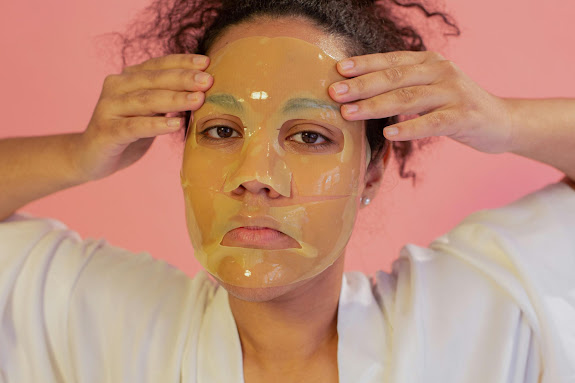
Your skin may seem more radiant and be better able to absorb moisturizing products like oils and beauty balms if this dry skin is gently lifted and removed.
I enjoy using oats for this treatment since it’s a mild exfoliant and works well for healing dry skin. I also love using bananas because they are said to nourish and moisturize your skin.
Components
- Half a ripe banana Mashed
- tablespoon of oats
- One tablespoon of your preferred liquid—such as rose water, yogurt, or water—
Guidelines
- After mashing the banana, combine it with the oats.
- Add little amounts of liquid as you combine until the mixture is thick.
- Use your fingers to apply on your face.
- For 20 to 30 minutes, leave on.
- In order for the oats to aid in removing dead skin, remove with lukewarm water while working in tiny circles.
Herbal Steam Treatment for the Face
I frequently use this therapy either in place of or in addition to mask application. You can substitute different dry herbs, teas, and flowers for the ingredients based on what you have on hand.
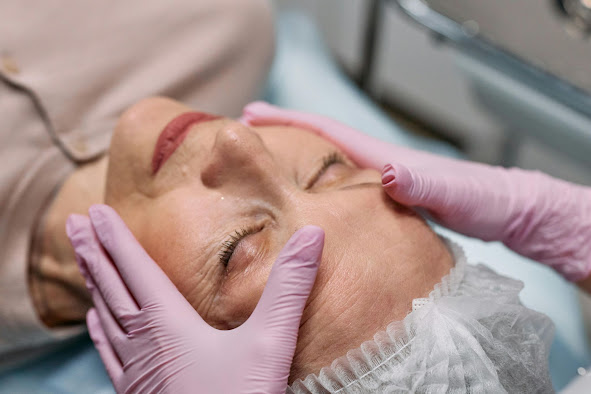
In the winter, I steam my face a few times a month since it’s incredibly moisturizing. Although steam wets your face, it improves skin absorption for the oils and balms you use later.
Ingredients:
- calendula, due of its restorative qualities
- chamomile, due to its relaxing qualities
- rosemary, for moisturizing one liter of hot water and toning rose petals
Guidelines
- Fill a basin or big saucepan with boiling water and a few handfuls of herbs.
- For five minutes, let it steep while covered with a towel.
- As you rest your forehead over the sink or big pot, tuck your head behind the towel to form a mini “tent.”
- Let it steam for around ten minutes.
- Use mildly warm water to rinse.
- Put on a mask, moisturizer, serum, or balm (if desired).
Rich, moisturizing face masks don’t have to be extremely expensive.
You can see that you don’t have to break the bank to enjoy hydrating, nourishing face masks and steams.
You can get inventive and utilize things you may already have in your kitchen or even locate at your neighborhood grocery store. Just don’t forget to enjoy yourself!
Turmeric Face Masks Made at Home for Gorgeous Skin
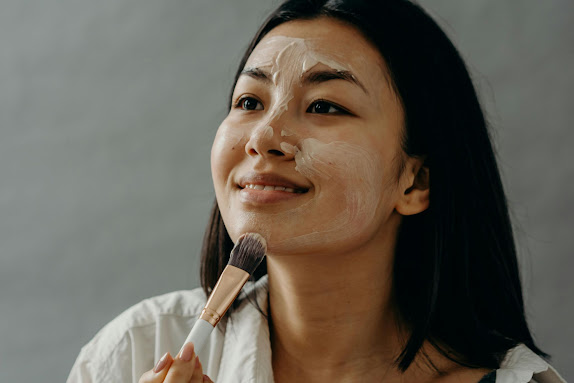
Summary
The plant known as turmeric (Curcuma longa) is indigenous to Asia. This spice has therapeutic properties and is frequently used in cooking, but it is also found in supplements.
It is also a component of conventional and natural alternative skin care products.
In fact, the use of turmeric face masks is becoming more and more common as a way to aid with certain skin issues, all while avoiding potentially dangerous chemicals.
Continue reading to find out more about making your own DIY mask and how to use it.
We’ll also look at the advantages and possible drawbacks so you can decide whether a turmeric mask should be a regular part of your own skin care regimen.
What advantages exist?
Turmeric has the ability to lessen irritation and swelling (inflammation).
Turmeric can benefit when used as a regular face mask since it reduces inflammation and irritation, which can exacerbate other skin disorders.
Decreased inflammatory response
The active ingredients in turmeric, called curcuminoids, are occasionally used to treat arthritis-related inflammation. Your skin may benefit from these potential anti-inflammatory effects as well.
Turmeric might help reduce inflammation brought on by skin conditions like psoriasis Trusted Source. Still, more investigation is required of the Trusted Source.
Possessing antibacterial properties
Additionally, microorganisms in the skin that can otherwise lead to staph infections and acne cysts may be treated and prevented with turmeric. (A physician should, however, examine any ongoing infections first!)
Treatment for acne
Turmeric may help cure inflammatory acne because of its anti-inflammatory properties. This comprises: nodules, pustules, papules, and cysts.
Additionally, the extract might lessen the visibility of acne scars.
Antioxidant capacity
Antioxidants are abundant in turmeric.
Reliable Source
Antioxidants can aid in preventing free radicals from harming healthy cells when it comes to skin care.
This could delay the development of scars, hyperpigmentation, and other chronic skin issues.
More research is required, but there’s even a chance that turmeric and other healthy lifestyle choices could lower the risk of skin cancer Trusted Source.
Decreased levels of hyperpigmentation
One area of interest for topical turmeric studies has been hyperpigmentation.
Hyperpigmentation occurs when areas of your skin are darker than the typical surrounding tissue.
In one such study, over the course of four weeks, a turmeric-based lotion decreased hyperpigmentation by more than 14% Trusted Source.
Skin irritation
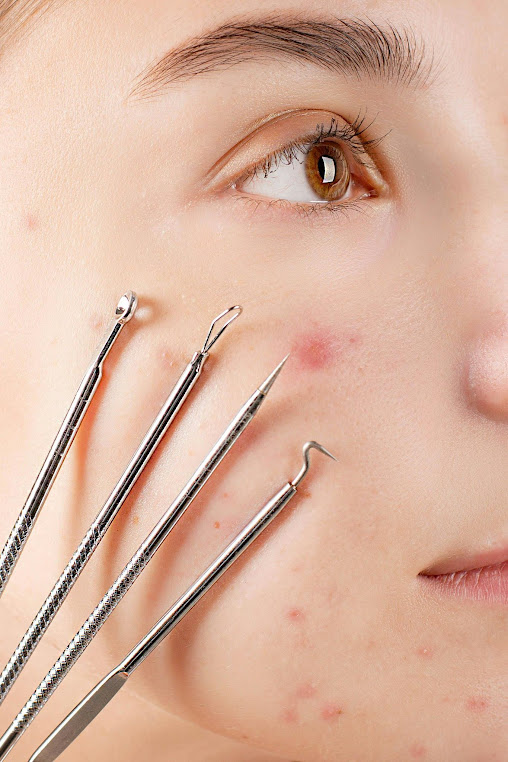
Turmeric, when administered topically, may lessen skin inflammation. Curcuminoids have been shown in certain trials to be promising irritant-alleviators for breast cancer therapies Trusted Source.
Treatment for wrinkles
Researches
Turmeric has been recommended by Trusted Source as a potential wrinkle and fine line therapy.
It might be effective in enhancing the general texture of the skin, which would lessen the visibility of wrinkles.
What dangers exist?
Turmeric is usually regarded as a safe product when used topically or taken orally, according to the National Center for Complementary and Integrative Health Trusted Source.
There is a chance that taking vitamins orally could cause gastrointestinal adverse effects like cramping and upset stomach.
When used for skin care, turmeric has no known negative effects. Nevertheless, before applying any new component to your skin, it’s usually a good idea to perform a patch test.
Certain people may experience responses even from plant-based items like turmeric.
You should prepare your turmeric mask in advance and apply a tiny amount on your arm before using it on your face in order to perform a patch test:
- If after at least a day there are no responses, you can probably go ahead and use the turmeric mask on your face.
- If your patch test results in any redness, swelling, or itching, do not wear the mask.
There are additional drawbacks to homemade turmeric masks to take into account:
- Making your own face products can be messy and time-consuming, as is the case with any DIY mask.
- When creating your own recipe, take additional caution as turmeric can stain your skin and clothes.
The recipe for a face mask
The secret to creating a turmeric face mask is to form a paste by mixing turmeric powder or extract with thickening agent. Depending on the skin problem, some of the ingredients may change:
- Combine turmeric, honey, and warm water to treat acne and bacteria.
- Combine turmeric with yogurt and lemon juice for extra nourishing and lightening effects on wrinkles and hyperpigmentation.
- Aloe vera gel and turmeric extract can be used to treat inflammation and provide natural relief.
- To acquire antioxidant power, simply combine turmeric and water (you can also add a small amount of rice or almond flour to make the mask thicker and simpler to apply).
Wear the mask for ten minutes or so at a time, regardless of the formula you decide on. Rinse your skin well with warm water, then use your favorite toner, serum, and moisturizer.
Avoid leaving turmeric on all night (especially if you have lighter skin) as it tends to discolor. Try washing your face with milk if this yellow spice has left any marks on it. Up to two or three times a week, the mask may be utilized.
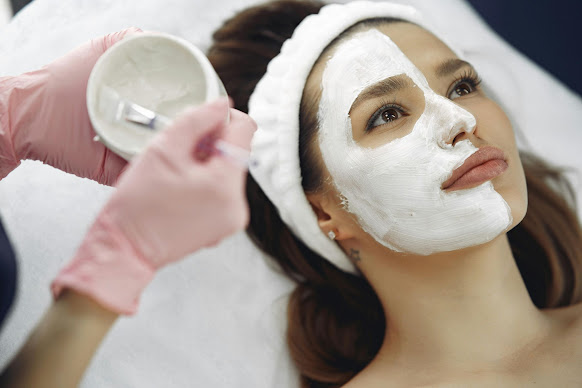
The lesson learned
Consider making your own turmeric mask at home if you’re searching for a natural solution to aid with issues with irritation and inflammation.
It may take some time to observe the full benefits of your homemade turmeric mask, just like with conventional ones, so give it at least a few weeks of commitment.
Speak with your dermatologist about more homemade recipes you can use to take care of your specific skin care needs if you’re still not seeing any benefits.






Pingback: Glow Naturally with the Miracle of Ghee - skincaresights.com